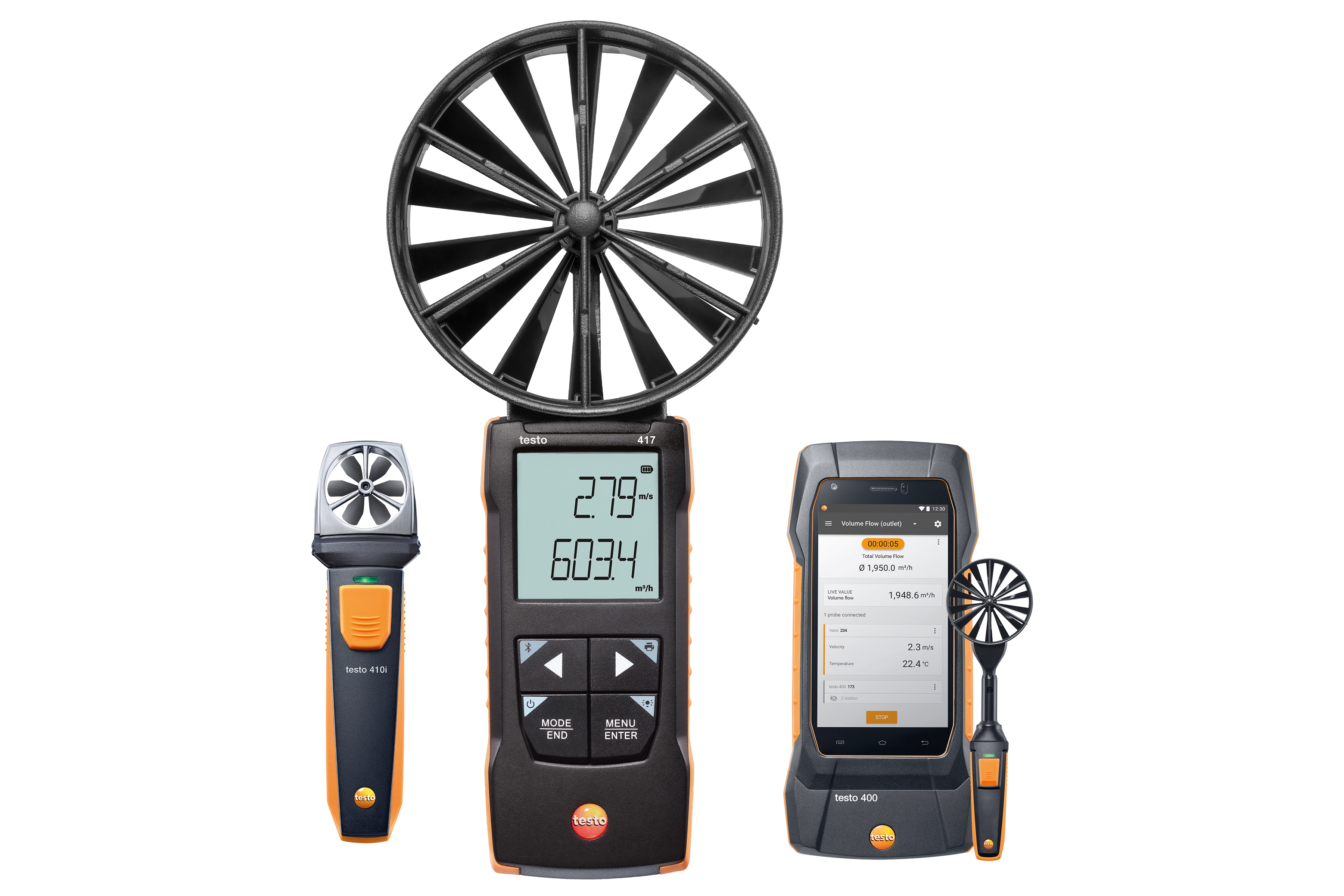Top Attributes to Look for in an Effective Anemometer for Accurate Wind Measurement
Top Attributes to Look for in an Effective Anemometer for Accurate Wind Measurement
Blog Article
All You Required to Find Out About Anemometers: How They Function, Why They Matter, and Where to Make use of Them
Anemometers, however often forgotten in the realm of clinical instruments, play an important role in numerous fields, supplying useful insights right into wind speed and air movement patterns. Understanding the technicians behind these gadgets is important for anyone looking for to harness the power of this data. From meteorologists tracking weather patterns to engineers making structures with wind lots in mind, the applications of anemometers are far-reaching and diverse. As we dive into the ins and outs of anemometer technology, we will reveal the inner functions of these tools, their significance, and the crucial considerations when choosing the appropriate anemometer for particular applications.

Anemometer Fundamentals
A necessary tool utilized to gauge wind rate and direction, the anemometer plays an important function in meteorology and various industries. An anemometer generally includes 3 or 4 cups that rotate in the wind, a vane that aims right into the wind, and sensors to track the rotations or movements. By calculating the rotations or activities over a certain period, the anemometer can identify wind speed. The vane aids figure out wind direction by aiming right into the wind, offering valuable information for weather condition forecasting, aeronautics, maritime procedures, environmental surveillance, and wind power applications.
There are numerous types of anemometers readily available, including mug anemometers, vane anemometers, hot-wire anemometers, and sonic anemometers, each with its distinct attributes and applications. Cup anemometers are commonly utilized for basic wind rate dimensions, while vane anemometers are liked for directional dimensions. Hot-wire anemometers are appropriate for reduced airspeeds, and sonic anemometers are suitable for high-precision measurements in research and commercial settings. Recognizing the basics of anemometers is necessary for accurate wind data collection and evaluation throughout different fields.
Principles of Anemometer Procedure
Structure on the fundamental understanding of anemometer basics, the principles of anemometer operation illuminate the auto mechanics behind wind rate and instructions dimensions. Anemometers run on the concept of air flow impacting a sensor, creating it to revolve. Mug anemometers, for circumstances, have 3 or even more mugs that record the wind, creating them to rotate much faster as the wind rate rises. The turning rate is after that transformed into a wind speed measurement. Vane anemometers, on the other hand, use a tail or a probe that aligns itself with the wind instructions, giving a dimension of wind instructions based upon the positioning of the sensing unit. Hot-wire anemometers depend on a warmed wire that cools off as wind passes over it, with the rate of cooling determining the wind speed. Ultrasonic anemometers measure wind rate and instructions by assessing the moment it considers ultrasonic signals to take a trip between transducers. Understanding these principles is vital for exact and trustworthy wind measurements in various applications.
Significance of Anemometers
Anemometers play a vital duty in gauging wind rate and instructions, giving essential data for weather forecasting, climate studies, environmental monitoring, and air travel operations. Meteorologists rely on anemometers to gather exact wind information, aiding them recognize climate patterns, forecast tornados, and problem prompt cautions to the public. Wind ranch operators use anemometers to evaluate wind conditions and make best use of power manufacturing from wind generators.
Applications Across Different Industries
Applications of anemometers span throughout varied markets, showcasing their versatility and energy beyond meteorology. In the eco-friendly energy sector, anemometers play visit our website a crucial duty in assessing wind problems for wind ranch placements, ensuring optimal energy manufacturing. Industries like building and mining utilize anemometers to keep an eye on wind speeds, vital for security methods, particularly when operating at heights or in open-pit mines where solid winds can posture risks. Anemometers are additionally essential in the aeronautics industry, helping pilots in recognizing airspeed and wind direction for risk-free liftoffs and landings. The maritime industry take advantage of anemometers for ship navigation, assisting seafarers anticipate weather condition adjustments and readjust routes appropriately. In farming, anemometers assist farmers in handling plant splashing by providing real-time data on wind rate to stay clear of drift. Anemometers find applications in A/c systems to maximize air movement and enhance energy efficiency in buildings. The varied usage instances of anemometers underscore their value throughout numerous industries, highlighting their crucial role in enhancing functional safety and security and efficiency (anemometer).

Choosing the Right Anemometer for Your Demands
For general purposes, a cup anemometer is suitable for gauging wind rate, while a vane anemometer offers try this website wind direction data. Hot-wire anemometers are ideal for reduced airspeed dimensions, and ultrasonic anemometers supply high precision and durability.

Final Thought
Finally, anemometers play an important function in determining wind rate and instructions throughout numerous sectors. Recognizing the concepts of anemometer procedure is essential for picking the right device for specific demands. From weather forecasting to aeronautics, anemometers are essential tools for making certain and gathering precise information security in different applications. It is essential to consider the value of anemometers in order to make informed decisions when choosing the most suitable device for determining wind conditions.
There are different kinds of anemometers available, including mug anemometers, vane anemometers, hot-wire anemometers, and sonic anemometers, each with its distinct functions and applications. Cup anemometers are generally made use of for basic wind rate dimensions, while vane anemometers are liked for directional dimensions. Hot-wire anemometers are ideal for reduced airspeeds, and sonic anemometers are optimal for high-precision measurements in study and industrial settings.Structure on the foundational understanding of anemometer fundamentals, the concepts of anemometer procedure elucidate the mechanics behind wind speed and direction dimensions. For basic objectives, a cup anemometer is appropriate for gauging wind rate, while a vane anemometer offers wind instructions information.
Report this page